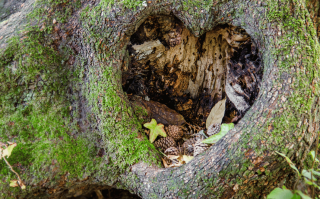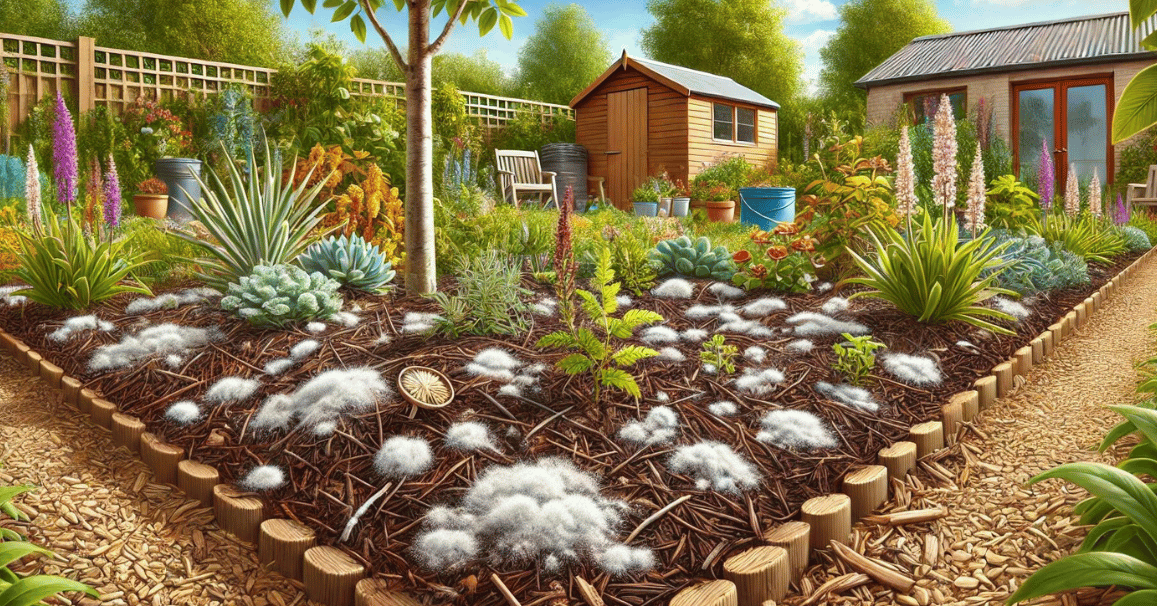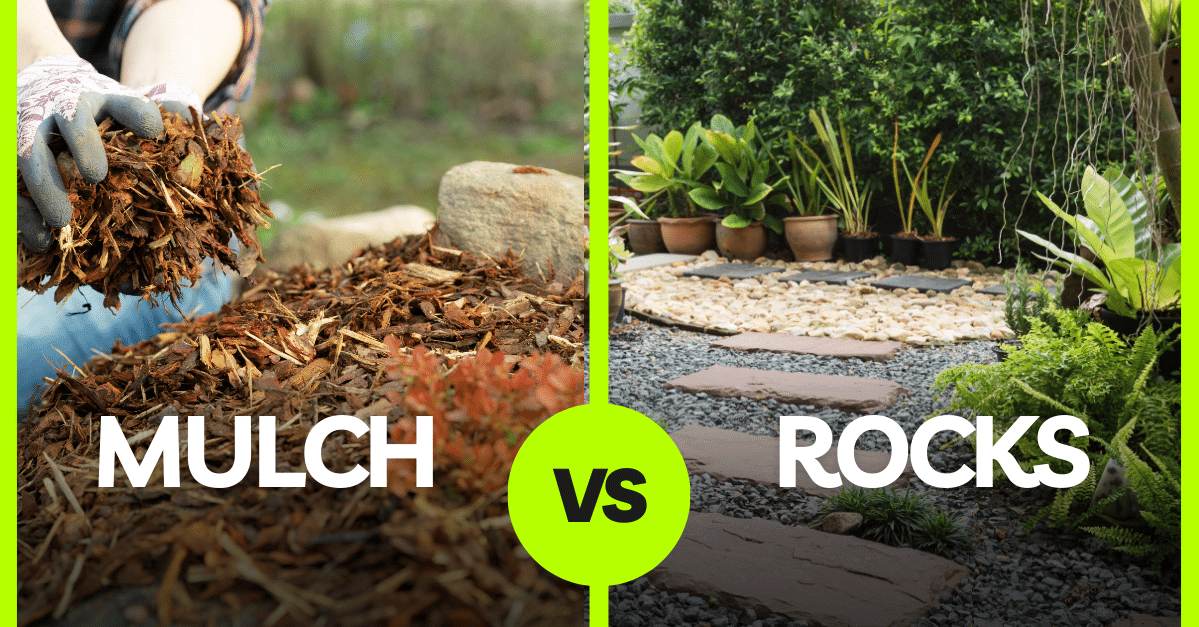It may be alarming to look up and notice a hole in your favorite tree's trunk, but rest assured, this isn't always a cause for immediate concern. Like the signs of aging we see in ourselves, such as a receding hairline, trees also show signs of their long and eventful lives. Sometimes, a hole in a tree is simply a testament to the years it has weathered. It's like nature's way of telling a story through scars and wrinkles.
However, not all tree holes are benign. Some are more akin to a paper cut that needs a little attention. In contrast, others can be compared to a broken bone or a troubling illness that requires immediate care. The key to ensuring your tree's well-being lies in understanding the source of the problem, and with the proper tree care, your beloved tree can heal and thrive once again.
In this article, we will explore the causes and effects of tree holes and the best practices for tree care to ensure a long and healthy life for our trees.
What is a Hole in a Tree Called?
A hole in a tree can be referred to in several ways. It's often called a "tree hole." However, in more formal or scientific contexts, it might be called a "cavity" or "hollow."
What Causes a Tree Hollow?
Various factors can lead to the formation of a hole or hollow within a tree. Understanding these causes is essential because they can impact the tree's health and safety. Here are some common reasons:
Wood-Boring Insects
Certain wood-boring insects, such as beetles and termites, can infest a tree's interior. As they feed on the wood, they create tunnels and cavities, eventually forming a hole.
Squirrels
Squirrels can be a surprising cause of tree holes. They may chew and gnaw on the tree's bark and wood, creating holes or tunnels to build their nests or store food.
Woodpeckers
Woodpeckers, searching for insects or establishing territory, might chisel into the tree's wood. Over time, this can result in a hole.
Fungi
Fungi, often called "heart rot," can infect a tree's core, breaking down the wood and causing it to decay inside out. This can lead to the formation of cavities within the tree.
Aging Trees
As trees age, natural processes can cause the heartwood (the central, non-living part of the tree) to decay. This decay can create hollow areas within the tree.
Cracks or Splits
Physical damage or stress from environmental factors like strong winds, lightning strikes, or heavy snowfall can cause cracks or splits in a tree's trunk. Over time, these cracks can lead to the development of holes.
Should You Fill a Hole in a Tree?
The decision to fill a hole in a tree should not be taken lightly. Filling a hole is more complex than it might seem and can sometimes do more harm than good. Here are some considerations:
Tree Health
If the tree is otherwise healthy and the hole is not posing an immediate danger, it's generally better to leave it alone. Trees can often compartmentalize their decay, preventing it from spreading further.
Safety Concerns
If the tree is in a location where the hole poses a safety risk to people or property, it may be necessary to address it. However, filling the hole is just one potential solution, and the tree's overall health and structural integrity should be evaluated.
Professional Assessment
It's crucial to have a professional arborist assess the tree's condition and provide guidance on whether filling the hole is the right course of action. Arborists have the knowledge and expertise to determine the best approach for addressing tree issues.
How to Fix a Hole in a Tree?
If a professional arborist recommends that filling the hole is the appropriate action, there are specific steps to follow:
- Clean the Hole: Remove loose or decaying wood and debris from the hole.
- Prepare the Filling Material: Depending on the size and depth of the hole, you may use materials like epoxy filler, cement, or a foam filler specially designed for trees.
- Fill the Hole: Carefully fill the hole with the chosen material, ensuring it's level with the tree's surface.
- Smooth and Shape: Smooth the texture and shape the filler to match the tree's contour. This helps protect the tree from water intrusion and potential pests.
- Monitor and Maintain: Regularly check the filled area to ensure it remains intact and functional. It may require periodic maintenance or re-filling.
When Should You Call an Arborist?
Suppose you encounter a tree with a hole or suspect that your tree may have issues. In that case, it's advisable to call a professional arborist. An arborist can assess the tree's overall health, determine the cause and extent of the hole, and recommend the most appropriate course of action.
Contact Strobert Tree Services - Delaware Arborists Specializing in Tree Health
Strobert Tree Services in Delaware is your trusted tree health and care partner. Our team of experienced arborists can assess your trees, address issues like tree holes, and provide expert guidance on maintaining your trees' health and safety. Don't hesitate to contact Strobert Tree Services for all your tree-related concerns and questions.
Understanding the causes and effects of tree holes is essential for the health of our trees. While it's tempting to address tree holes alone, consulting with a professional arborist, like those at Strobert Tree Services, ensures that your trees receive the best care and that any necessary actions are taken with their long-term health in mind.











